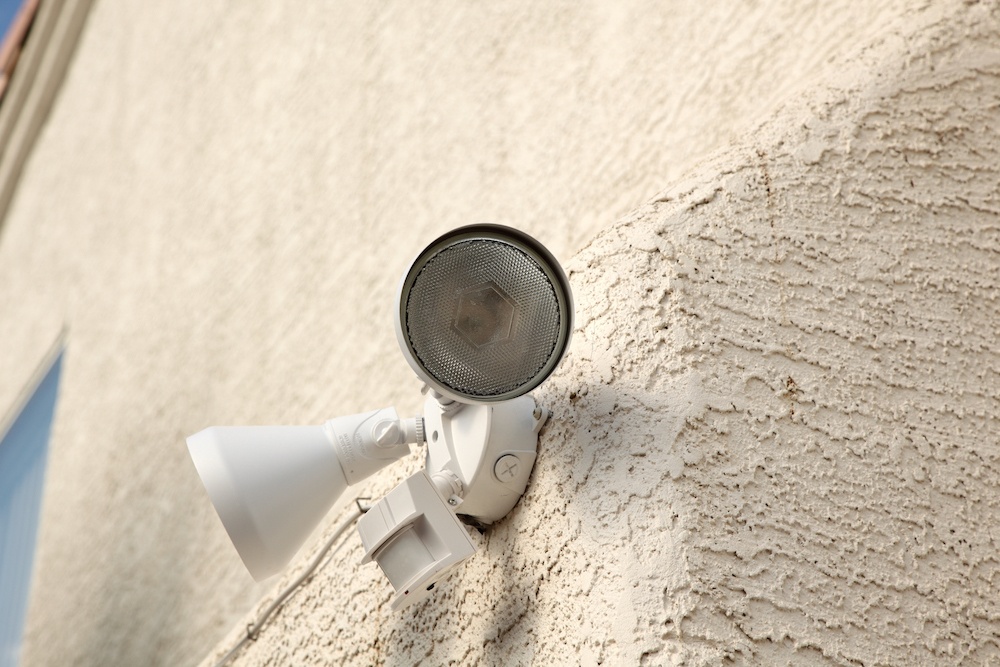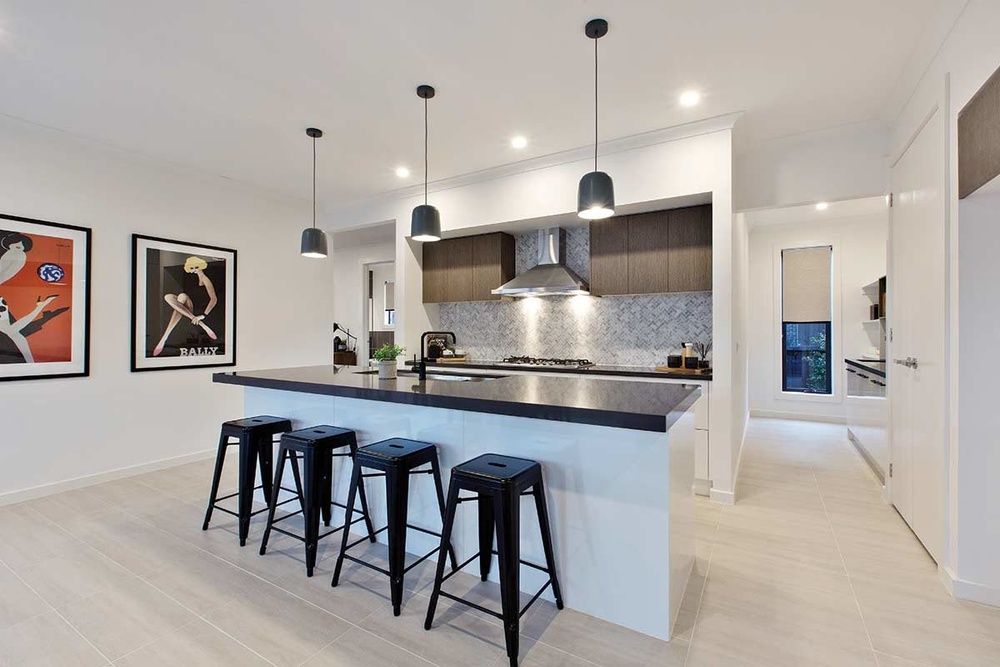As you plan your new home, make sure you are putting some thought into the electrical layout early, before you start the build. The placement of different types of lighting, power points, and electrical fixtures can make a big difference in the mood and liveability of your house. Getting these details right from the outset saves lots of time and money on fixing things later. These are our top five tips for planning your electrical layout.
1. Consider Placement of Sensor Lights
Sensor lights are a great option and can be used both inside and outside the home. A sensor light comes on when it detects motion, meaning you don’t need to fumble for the switch when you come home with full hands! Sensor lights are fantastic at night, especially for people who often arrive home in the dark. Trying to find your house keys without a light on can be tricky and frustrating, and it can even feel scary if you’re alone. But a sensor light allows you to have bright and welcoming light the moment you approach your front door.

2. Consider Lighting Types and Choices
Other lighting options you may want to consider include lights that are able to be dimmed. These can be a great way to create low light ambiance for dinner parties and movie nights, or brighter light for day-to-day use. Dimmers can be used in any rooms of the house but are most commonly used in lounge rooms and bedrooms.
3. Use Two Way Switches
It can be frustrating to walk to one end of the hallway, only to realise the light switch is at the other end. Two-way switches allow you to control one light, or bank of lights, with two different switches. This means that you can switch on a light from either end of the hallway, the bottom or top of a staircase, or from both the doorway of your bedroom and beside the bed. Two way switches are great for convenience and can make the experience of living in your new home even better.
4. Ensure You Have Enough Power Points In Key Areas
With all the technology we have these days, a modern home requires plenty of power outlets! Make sure you consider the best places to put your power points and think about how you will use them on a day-to-day basis. For example, if you have a lot of kitchen appliances, consider how you want to place them on the bench, and which power points will be available for any that are stored away. Also think about uses that are less frequent. You may want power points in the corridors for when you are vacuuming, or an outdoor power outlet that you can use when entertaining. If you have statement floor lamps or similar things that you know the placement of, you can plan power points specifically for these items.
 Source: Sherridon Homes
Source: Sherridon Homes
5. Check The Wiring For Electric Fixtures
Finally, make sure that any additional fixtures you are planning on have the wiring done well in advance. These sorts of extra could include pendant lights and ceiling fans. Putting the electrical work for these in later will mean extra labour for your electrician and the need to patch up your brand-new ceiling.